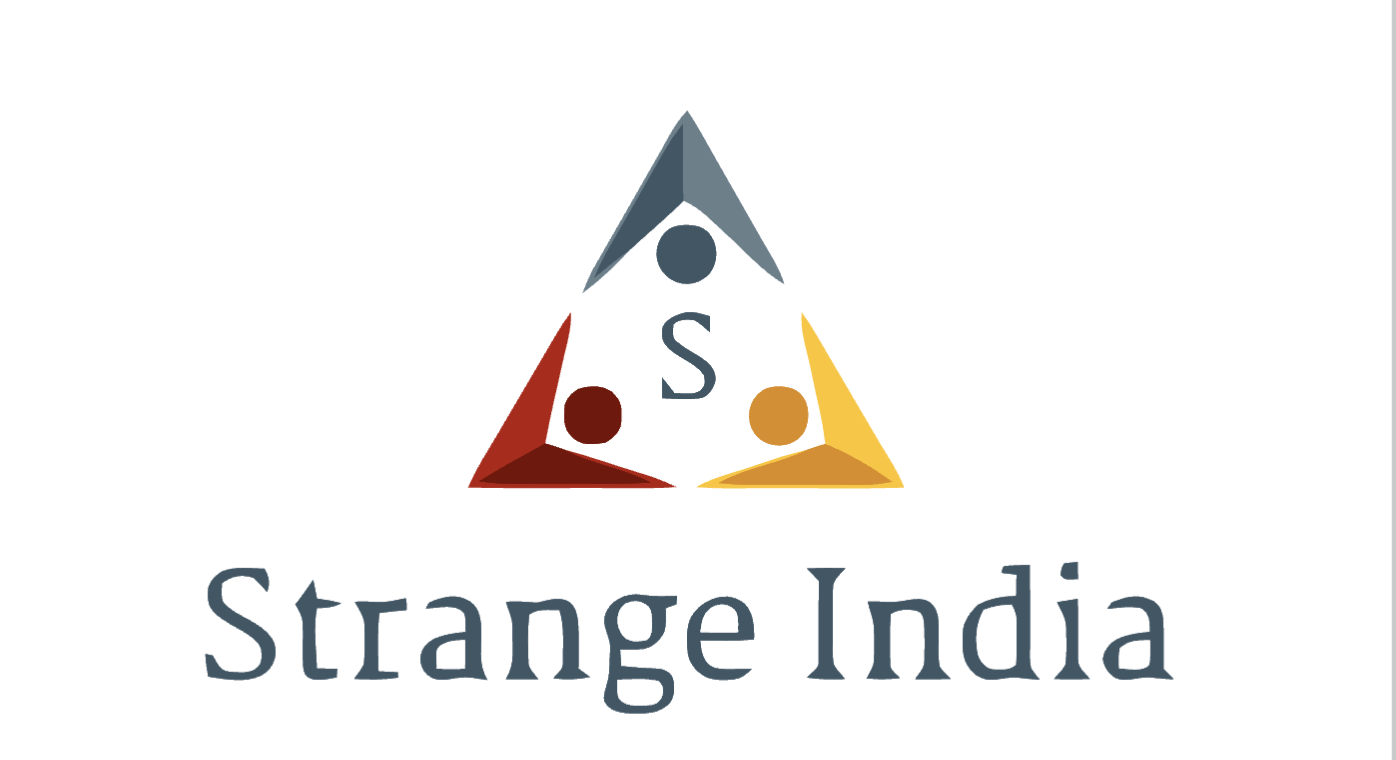Quantum information
Photons help to entangle two far-flung atoms, which can then be used for quantum calculations.
Physicists have linked devices in two separate laboratories to make them work as a single, rudimentary quantum computer.
Severin Daiss at the Max Planck Institute of Quantum Optics in Garching, Germany, and his collaborators suspended a rubidium atom inside an optical cavity — essentially a pair of small mirrors facing each other half a millimetre apart — in a room in one of the institute’s buildings. They placed an identical apparatus in a separate room of the same building.
The team then shot one photon at a time along an optical fibre running towards the first cavity. Photons bounced back from that trap and were routed along another 60 metres of fibre to the second cavity. The photons’ interactions with the devices made the two atoms assume a shared, ‘entangled’ quantum state, which enabled the team to perform quantum calculations using the two atoms as though they were contained inside the same device.
The experiment demonstrates how quantum computers could continue to grow in power: instead of making the devices larger, which could soon become extremely challenging, scientists could network several devices together.
